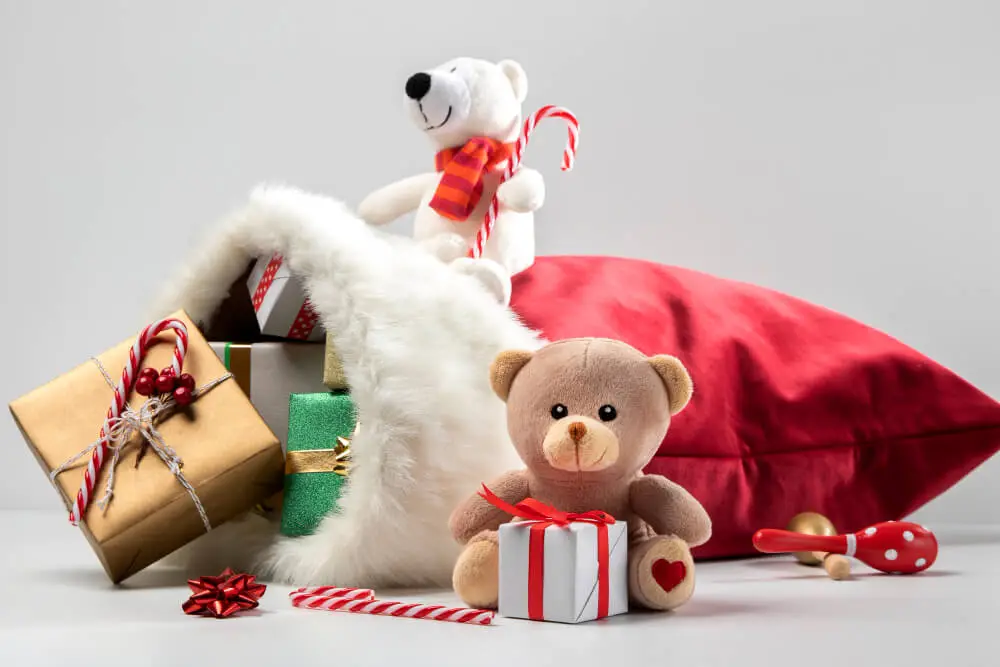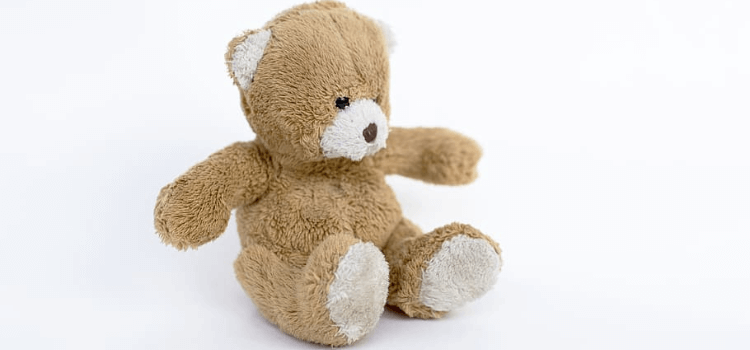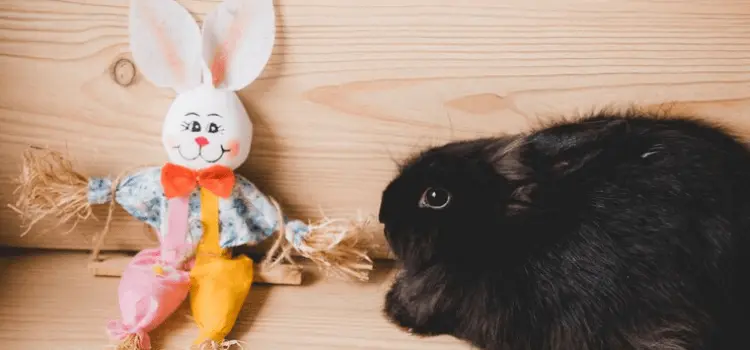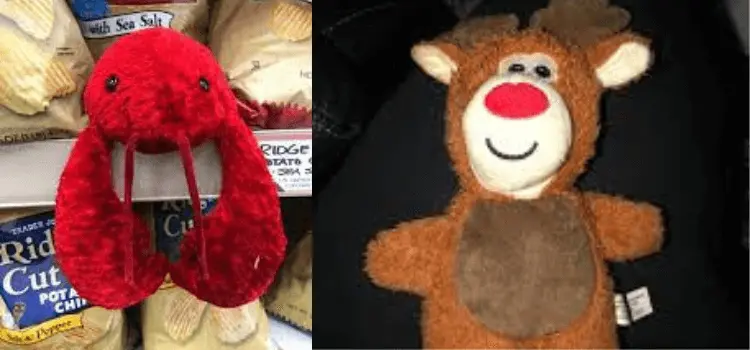Introduction
We understand the importance of keeping your beloved Jellycat toys in pristine condition. These plush toys offer comfort and companionship to children and adults alike, and it’s essential to maintain their softness and hygiene over time. In this comprehensive guide, we will share expert tips and techniques to help you How To Wash Jellycat Stuffed Animals, ensuring that it remains cuddly and safe for years to come.
How To Wash Jellycat Stuffed Animals?
To wash Jellycat stuffed animals, spot clean with mild detergent and a soft cloth, then air dry. Avoid machine washing or submerging in water to prevent damage.
Understanding the Cleaning Guidelines by Jellycat
The Jellycat brand recommends specific cleaning methods to preserve the plush toy’s integrity while keeping it hygienic. According to their guidelines, it is best to avoid submerging the toy in water or using harsh chemicals that could damage the fabric or affect the toy’s inner stuffing. Instead, they suggest spot cleaning and gentle surface treatment to maintain the toy’s softness and appearance.
Materials You Will Need
Before we dive into the cleaning process, gather the following materials:
- Mild liquid detergent
- Warm water
- Soft sponge or cloth
- Towel
- Hairdryer (optional)
How To Wash Jellycat Stuffed Animals: step-by-Step Cleaning Process

Step 1: Inspecting the Toy
Begin by carefully examining your Jellycat toy to identify any stains, dirt, or debris that require cleaning. Take note of the affected areas, as this will help you target them during the cleaning process.
Step 2: Spot Cleaning
To spot-clean the toy, create a cleaning solution by mixing a small amount of mild liquid detergent with warm water. Wet a soft sponge or cloth with the solution, ensuring it is not overly saturated.
Gently dab the affected areas, working from the outer edges towards the center of the stain. Avoid rubbing vigorously, as this may cause the stain to spread or damage the fabric.
Step 3: Removing Excess Moisture
After spot cleaning, use a clean, damp cloth to remove any soapy residue from the toy’s surface. Ensure the cloth is thoroughly wrung out to prevent excessive moisture from seeping into the plush fabric.
Step 4: Drying the Toy
To expedite the drying process, wrap the toy in a clean, absorbent towel and gently press to remove excess water. Avoid wringing or twisting the toy, as this may distort its shape.
For best results, allow the toy to air dry in a well-ventilated area, away from direct heat or sunlight. Alternatively, you can use a hairdryer on the lowest heat setting, maintaining a safe distance to prevent overheating. Continuously move the dryer around to distribute the heat evenly.
Additional Tips and Precautions
- Avoid Machine Washing: While machine washing may seem convenient, it can be too harsh for Jellycat toys and may compromise their quality. Stick to the recommended spot-cleaning method outlined in this guide.
- Handling Stains: For stubborn stains that do not respond to spot cleaning, consider consulting a professional toy cleaner who specializes in delicate fabrics. They have the expertise to remove tough stains without causing damage.
- Regular Maintenance: To minimize the need for deep cleaning, it is advisable to regularly brush your Jellycat toy with a soft-bristled brush or use a lint roller. This practice helps prevent the accumulation of dust, lint, and pet hair, ensuring your toy remains fresh and clean.
Conclusion
Maintaining the cleanliness and softness of your Jellycat plush toy is crucial to ensure its longevity and hygienic appeal. By following the guidelines we’ve provided, you can effectively clean your toy without compromising its quality or risking damage. Remember to spot clean using a mild detergent, avoid machine washing, and take the necessary precautions during the drying process. With proper care, your Jellycat toy will continue to bring joy and comfort for years to come.
FAQs:
What soap should I use to wash my Jellycat?
When it comes to cleaning your Jellycat toy, it is best to use a mild liquid detergent. Avoid harsh or strong cleaning agents, as they may damage the fabric or affect the toy’s inner stuffing. By opting for a gentle soap, you can effectively remove dirt and stains without compromising the plush toy’s quality.
Can you wash cuddly toys?
Yes, cuddly toys, including Jellycat toys, can be washed. However, it is important to follow the specific care instructions provided by the manufacturer. In the case of Jellycat, spot cleaning is recommended to maintain the toy’s softness and appearance. Avoid submerging the entire toy in water or machine washing, as these methods can potentially damage the fabric or inner components.
Why are Jellycats so popular?
Jellycats have gained immense popularity for several reasons. First and foremost, their designs are incredibly adorable and appeal to people of all ages. The brand offers a wide range of cute and imaginative characters that capture the hearts of both children and adults. Additionally, Jellycats are known for their high-quality craftsmanship, using soft and huggable materials that provide comfort and companionship. The brand’s commitment to producing safe and reliable toys has also contributed to its widespread popularity.
Why is Jellycat so expensive?
The price of Jellycat toys can be attributed to various factors. Firstly, Jellycat toys are meticulously crafted using premium materials, ensuring their softness and durability. The brand also maintains strict quality control standards, which involve rigorous testing and adherence to safety regulations. Moreover, Jellycat places emphasis on unique designs and attention to detail, adding to the overall value of its toys. While the price may be higher compared to some other plush toys, Jellycat’s reputation for excellence and the joy they bring to individuals justifies the investment.
What is inside a Jellycat?
Jellycat toys typically consist of high-quality polyester fiberfill as the main stuffing material. This type of filling provides a plush and cuddly feel, enhancing the toy’s softness and huggability. Additionally, Jellycat toys may contain other elements such as plastic pellets or beans strategically placed to give the toy structure and stability. These materials are carefully selected to meet safety standards and ensure that the toy remains safe and enjoyable for all ages.







